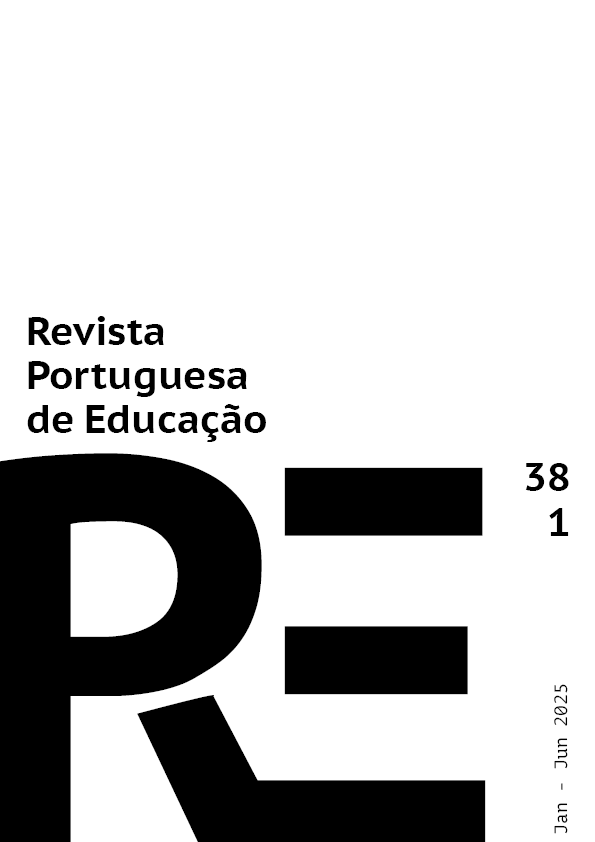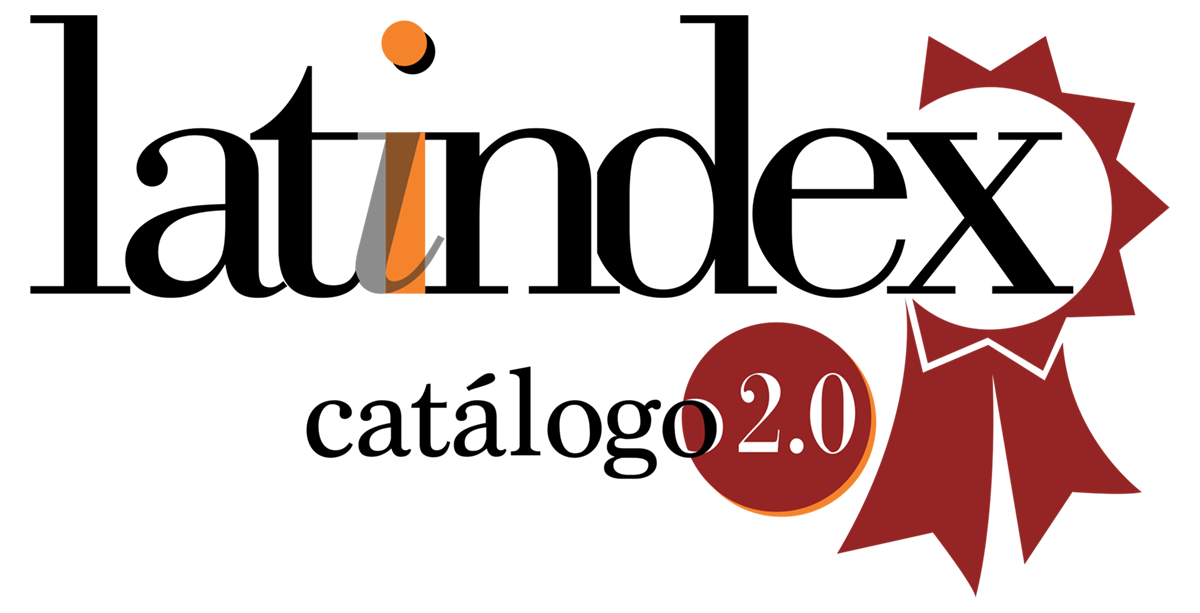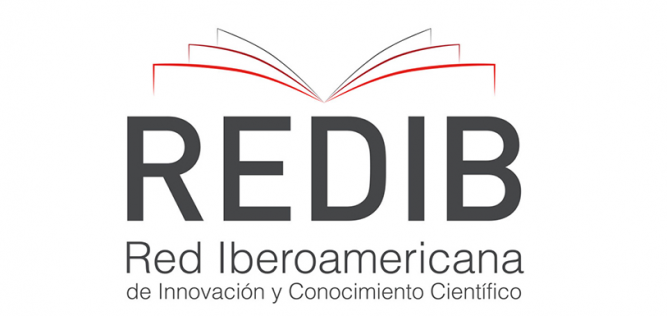Da projeção audiovisual à reflexão pessoal: Podem os filmes realmente estimular a capacidade de resolução de problemas dos alunos?
DOI:
https://doi.org/10.21814/rpe.33838Palavras-chave:
Filmes, Estudantes, Resolução de problemas, EducaçãoResumo
Este estudo explora o potencial dos filmes para estimular a capacidade de resolução de problemas, com base num estudo de caso com alunos dos 10 aos 22 anos no Arquipélago dos Açores, Portugal. Investiga se a exposição a projeções audiovisuais, como filmes, podem incentivar a reflexão pessoal, a introspeção e, em última análise, contribuir para melhorar a capacidade individual de resolução de problemas, um aspeto fundamental na educação contemporânea. Foi utilizada uma abordagem de investigação empírica de métodos mistos, aplicando um questionário a uma amostra diversificada de estudantes (N = 591). A conceção do estudo consistiu em expor os participantes a uma sequência de curtas-metragens de animação cuidadosamente selecionadas, representativas de algumas questões fundamentais para os jovens, seguidas de debates. Em seguida, os estudantes foram convidados a preencher um questionário anónimo online para observar as suas reações cognitivas e emocionais. Os resultados indicam uma correlação positiva entre a exposição aos filmes e a construção de cenários hipotéticos para a resolução de problemas, com os participantes a referirem novas perspetivas para lidar com potenciais situações difíceis futuras nas suas próprias vidas.
Downloads
Referências
Akram, A., O’Brien, A., O’Neill, A., & Latham, R. (2009). Crossing the line: Learning psychiatry at the movies. International Review of Psychiatry, 21(3), 267-268. https://doi.org/10.1080/09540260902746880
Appel, M., & Richter, T. (2010). Transportation and need for affect in narrative persuasion: A mediated moderation model. Media Psychology, 13(2), 101-135. https://doi.org/10.1080/15213261003799847
Bauer, M. W., & Gaskell, G. (Eds.). (2015). Qualitative researching with text, image and sound: A practical handbook for social research. Sage Publications.
Blasco, P. G., Blasco, M. G., Levites, M. R., Moreto, G., & Tysinger, J. W. (2011). Educating through movies: How Hollywood fosters reflection. Creative Education, 2(3), 174-180. https://doi.org/10.4236/ce.2011.23024
Blasco, P. G., Moreto, G., Blasco, M. G., Levites, M. R., & Janaudis, M. A. (2015). Education through movies: Improving teaching skills and fostering reflection among students and teachers. Journal for Learning through the Arts, 11(1), 1-16. https://doi.org/10.21977/D911122357
Bordwell, D. (2013). The viewer’s share: Models of mind in explaining film. In A. P. Shimamura (Ed.), Psychocinematics: Exploring cognition at the movies (p. 29-52). Oxford University Press. https://doi.org/10.1093/ACPROF:OSO/9780199862139.001.0001
Boydell, K. M., & Croguennec, J. (2022). A creative approach to knowledge translation: The use of short animated film to share stories of refugees and mental health. International Journal of Environmental Research and Public Health, 19(18), e11468. https://doi.org/10.3390/ijerph191811468
Brown, T. (2011). Using film in teaching and learning about changing societies. International Journal of Lifelong Education, 30(2), 233-247. https://doi.org/10.1080/02601370.2010.547615
Cardoso, G. (2023). A comunicação da comunicação: As pessoas são a mensagem. Mundos Sociais. http://hdl.handle.net/10071/31443
Carroll, N. (2008). The philosophy of motion pictures. Blackwell Publishing.
Castells, M. (2010). The rise of the network society (2nd Ed., Vol. I). Blackwell Publishing. https://doi.org/10.2307/1252090
Cinema Sem Conflitos. (2022a). Mostra Cinema Sem Conflitos 2022 - Official website. Retrieved from https://cinemasemconflitos.pt/2022/
Cinema Sem Conflitos. (2022b). Screening program - Mostra Cinema Sem Conflitos 2022 Retrieved from https://cinemasemconflitos.pt/2022/PROGRAMA-MCSC2022.pdf
Cohen, J. (2018). Defining identification: A theoretical look at the identification of audiences with media characters. In R. Wei (Ed.), Advances in foundational mass communication theories (pp. 253–272). Routledge. https://doi.org/10.4324/9781315164441-14
Cohen, L., Manion, L., & Morrison, K. (2007). Research methods in education (6th Ed.). Routledge. https://doi.org/10.4324/9780203029053
Costa, D. A. (2017). O cinema no ensino de competências socioemocionais: Um guia didático para professores (Vol. 1). Instituto Federal do Amazonas.
Esmail, S., & Matthews-Roper, M. (2022). Lights, camera, reaction: Evaluating extent of transformative learning and emotional engagement through viewer-responses to environmental films. Frontiers in Education, 7, e836988. https://doi.org/10.3389/feduc.2022.836988
Goleman, D. (1995). Emotional intelligence. Bantam Books.
Goodwin, J., Bradley, S. K., Donohoe, P., Queen, K., O’Shea, M., & Horgan, A. (2019). Bullying in schools: An evaluation of the use of drama in bullying prevention. Journal of Creativity in Mental Health, 14(3), 329-342. https://doi.org/10.1080/15401383.2019.1623147
Griffin, E., Ledbetter, A. M., & Sparks, G. G. (2018). A first look at communication theory (10th Ed.). McGraw-Hill Education.
Grodal, T. (2006). The PECMA flow: A general model of visual aesthetics. Film Studies, 8(1), 1-11. https://doi.org/10.7227/fs.8.3
Grodal, T. (2017). How film genres are a product of biology, evolution and culture: An embodied approach. Palgrave Communications, 3, e17079. https://doi.org/10.1057/palcomms.2017.79
Gutiérrez Moar, M. C., Pereira Domínguez, M. C., & Valero Iglesias, L. F. (2006). El cine como instrumento de alfabetización emocional. Teoría de La Educación: Revista Interuniversitaria, 18, 229-260. https://doi.org/10.14201/3219https://doi.org/10.1057/palcomms.2017.79
Hanich, J. (2021). How many emotions does film studies need? A Phenomenological proposal. Projections: The Journal for Movies and Mind, 15(2), 91-115. https://doi.org/10.3167/proj.2021.150204
Libertson, F. (2023). Inner transitions in higher education in Sweden: Incorporating intra-personal skills in education for sustainable development. International Journal of Sustainability in Higher Education, 24(9), 213-230. https://doi.org/10.1108/IJSHE-12-2022-0395
Mangot, A. G., & Murthy, V. S. (2017). Cinema: A multimodal and integrative medium for education and therapy. Annals of Indian Psychiatry, 1(1), 51-53. https://doi.org/10.4103/aip.aip_13_17
McQuail, D. (2010). McQuail’s mass communication theory (6th Ed.). Sage Publications.
Morris, B. S., Chrysochou, P., Christensen, J. D., Orquin, J. L., Barraza, J., Zak, P. J., & Mitkidis, P. (2019). Stories vs. facts: Triggering emotion and action-taking on climate change. Climatic Change, 154(1–2), 19-36. https://doi.org/10.1007/s10584-019-02425-6
O’Toole, J., & Burton, B. (2002). Cycles of harmony: Action research into the effects of drama on conflict management in schools. Applied Theatre Researcher, 3. http://hdl.handle.net/10072/6616
Oh, J., & Steefel, L. (2016). Nursing students’ preferences of strategies surrounding cinenurducation in a first year child growth and development courses: A mixed methods study. Nurse Education Today, 36, 342-347. https://doi.org/10.1016/j.nedt.2015.08.019
Petkari, E. (2017). Building Beautiful Minds: Teaching Through Movies to Tackle Stigma in Psychology Students in the UAE. Academic Psychiatry, 41(6), 724–732. https://doi.org/10.1007/s40596-017-0723-3
Silva, R. B., Rodrigues, J. A., & Gouveia, I. R. (2023). From conception to implementation: How the ‘Cinema Without Conflict Showcase’ inspired change in Azorean schools. 14, 8. https://publication.avanca.org/index.php/avancacinema/article/view/521/1024
Sipsock, D., & Storey, K. (2019). Film as an educational modality of psychiatry. The Brown University Child and Adolescent Behavior Letter, 35(6), 1-6. https://doi.org/10.1002/CBL.30383
Szita, K. (2019). Smartphone cinematics: A cognitive study of smartphone spectatorship. University of Gothenburg. http://www.tara.tcd.ie/handle/2262/99565
Tan, E. S. (2013). Emotion and the structure of narrative film: Film as an emotion machine. Routledge. https://doi.org/10.4324/9780203812761
Torrego Seijo, J. C. (Ed.). (2003). Mediação de conflitos em instituições educativas: Manual para formação de mediadores (J. C. Eufrásio, Trad.). ASA.
UNESCO. (2017). Education for sustainable development goals: Learning objectives [Report]. UNESCO. https://doi.org/10.54675/cgba9153
Utomo, P., & Maratus, S. (2021). The effectiveness of using educational cinema techniques to increase students’ self-confidence: An experimental research. ProGCouns: Journal of Professionals in Guidance and Counseling, 2(2), 51-61. https://doi.org/10.21831/progcouns.v2i2.41101
Zheltukhina, M. R., Kislitsyna, N. N., Tameryan, T. Y., Baranova, K. M., Chupryna, O. G., & Sergeeva, O. V. (2023). Identity construction and self-identification of the protagonist in the film media discourse: Multi-modal linguo-semiotic approach. Online Journal of Communication and Media Technologies, 13(3), e202323. https://doi.org/10.30935/OJCMT/13096
Downloads
Publicado
Como Citar
Edição
Secção
Licença
Direitos de Autor (c) 2025 Ricardo Braga Silva, Paulo Miguel Martins

Este trabalho encontra-se publicado com a Licença Internacional Creative Commons Atribuição-CompartilhaIgual 4.0.
1. Autores conservam os direitos de autor e concedem à revista o direito de primeira publicação, com o trabalho simultaneamente licenciado sob a Licença Creative Commons Attribution 4.0 CC-BY-SA que permite a partilha do trabalho com reconhecimento da autoria e publicação inicial nesta revista;
2. Autores e autoras têm autorização para assumir contratos adicionais separadamente para distribuição não-exclusiva da versão do trabalho publicada nesta revista (ex.: depositar em repositório institucional ou como capítulo de livro), com reconhecimento de autoria e publicação inicial nesta revista;
3. Autores e autoras têm permissão e são estimulado/as a publicar e distribuir o seu trabalho online (ex.: em repositórios institucionais ou na sua página pessoal), já que isso pode aumentar o impacto e a citação do trabalho publicado (Veja O Efeito do Acesso Livre).
Esta obra está licenciada sob uma Licença Creative Commons - Atribuição Compartilhamento pela mesma Licença Internacional 4.0




















